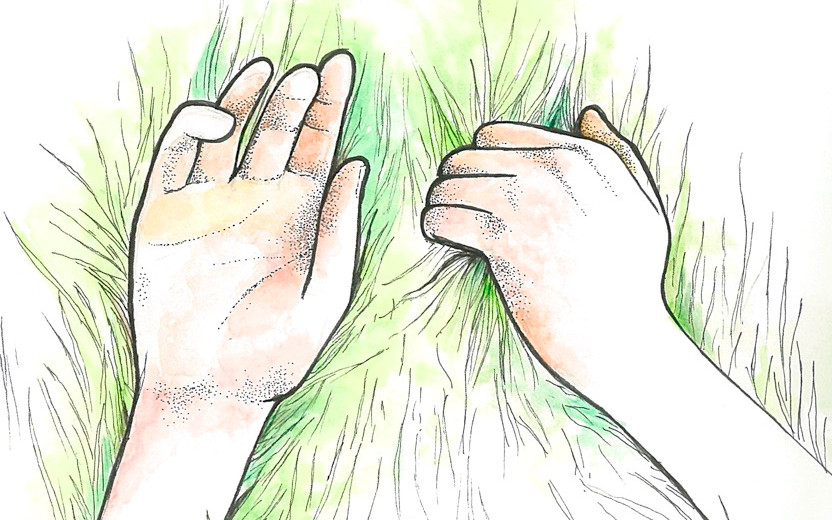Ecosexuality: I kiss the ground I walk upon
Mother of goo
Performance artist and sexologist Annie Sprinkle and her partner, University of California art-department chair and professor Beth Stephens, are credited with popularizing what is recognized today as ecosexuality.
In their book Assuming the Ecosexual Position: The Earth as Lover, Sprinkle and Stephens write about their marriage to the Earth. They believe in approaching the Earth as a lover: something to be desired, cared for and pursued.
They write: “ecosexuality is more of a punk-rock, queer, pinup grrrl version of environmental activism than the New Age stereotype.”
There is a radical and political side to ecosexuality. Dr. Jennifer Reed, author of From ecofeminism to ecosexuality: Queering the environmental movement, specifies the differentiation of ecosexuality from other social movements. Reed notes that ecosexuality “begins at the intersection of environmental and sexual issues” and that it “resist(s) modern ideology in a quest for social change and justice.”
There’s no shortage of “green” trends that peddle wellness products to consumers rather than creating real sustainability. But for those who identify with it, ecosexuality is something different, both a commitment to the Earth and an acknowledgement that we are part of it. As an expansive form of self-love, ecosexuality asks us to take care of ourselves on a larger scale – by treating the Earth we live on as a precious, desired lover.
Reed writes that during the scientific revolution, dominant social discourse began viewing nature as “passive, dead and inert.” This is no surprise for anyone familiar with colonization and capitalism. The Earth is seen as a source of extractable resources: resources worth fighting and killing over.
Inevitably, sucking the Earth of its resources is not sustainable. Indigenous communities have always approached our Earth with respect and reverence – a key point that I have noticed the absence of in many ecosexuality articles I’ve read preparing for this month’s column.
The sexuality part of ecosexuality is about embracing the Earth as one’s lover. The essential idea is that people can pursue embodied pleasure through connection with nature, whether by actually engaging sexually with it or simply sensually focusing on the source of the food we put inside our bodies.
Connecting with the Earth has been so healing for me, especially as a woman who was trained to never be “part of this Earth” while growing up nonconsensually in the Christian church.
I am proud to be of the Earth, and although I don’t identify as an ecosexual, I certainly feel drawn to the concept. I remember sitting in church and looking out the windows at the trees in the courtyard, wondering why anyone would think “worship” should happen indoors.
Ecosexuality pops into my mind often. I live by the ocean now, and can smell the salt on the breeze against my cheeks. I think of the cathedral skies of the prairies I grew up on, the thrill of seeing mud again after a snow melt or the rush of endorphins under my skin when I can once again walk barefoot on the budding grass. I also think of it when I lean into embodied pleasure, whether sexually, or while I put food into my body to nourish it. I kiss the ground I walk upon.
Madeline Rae, a University of Winnipeg alum, is a sex educator and writer living in Mi’kma’ki, the ancestral and unceded territory of the Mi’kmaq People. She holds a BFA in performative sculpture, a BA in psychology and is studying her masters of clinical social work at Dalhousie University.
Published in Volume 77, Number 18 of The Uniter (February 9, 2023)








